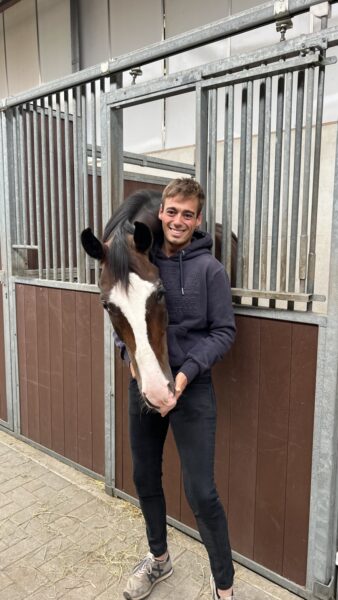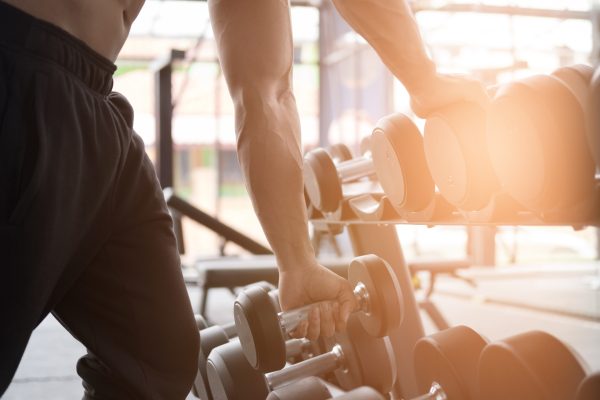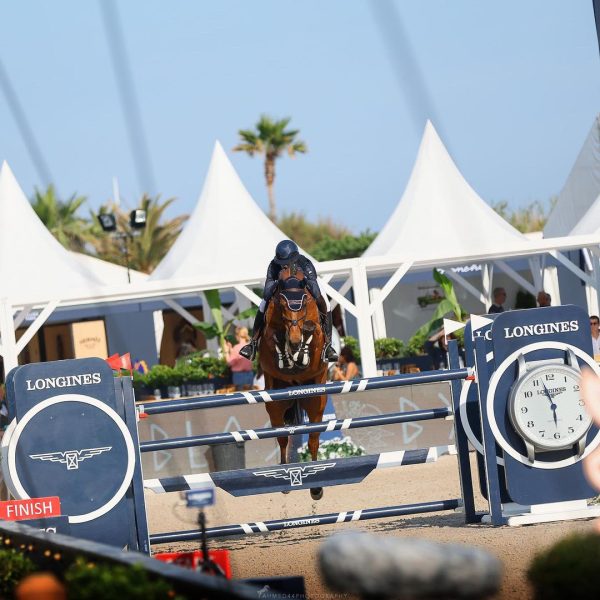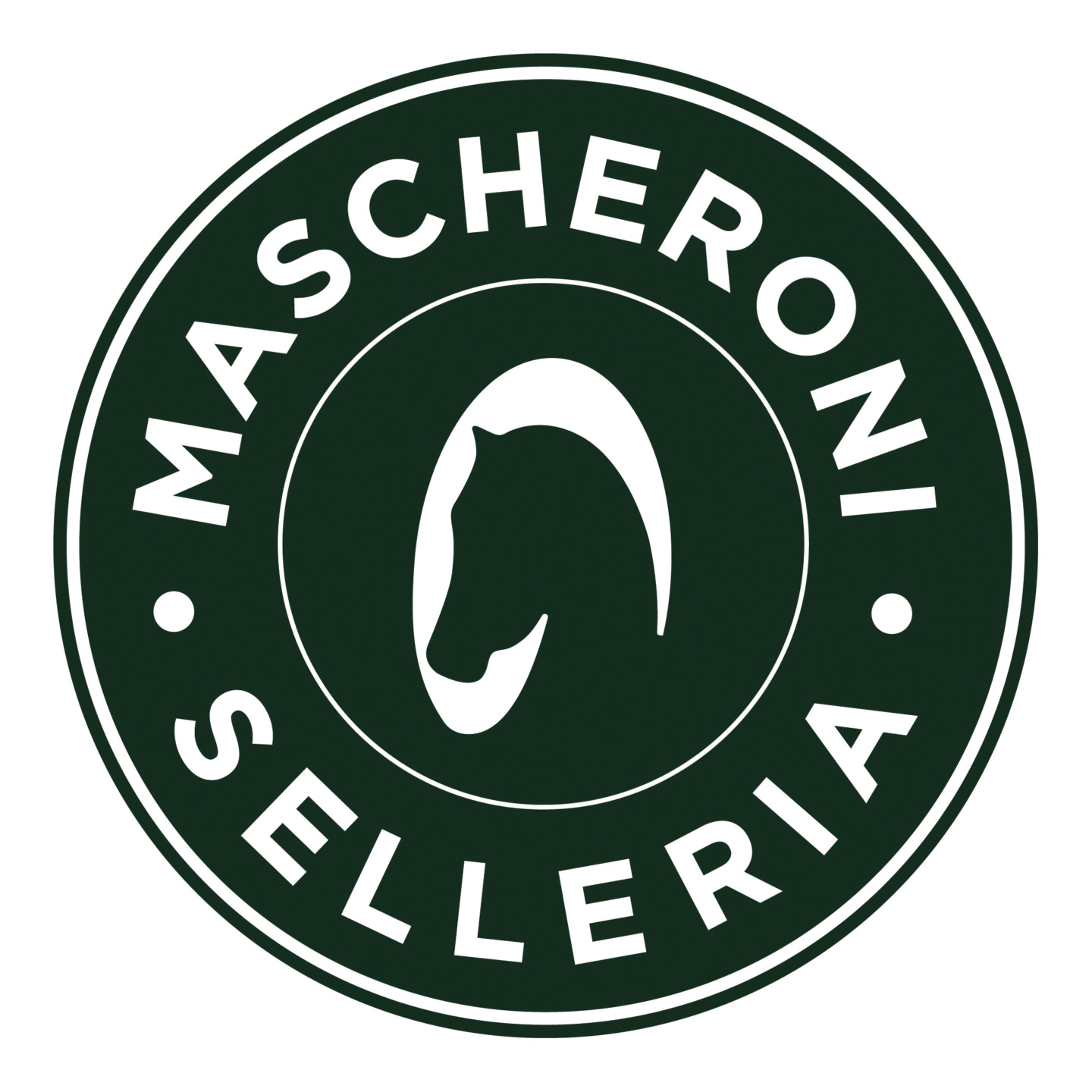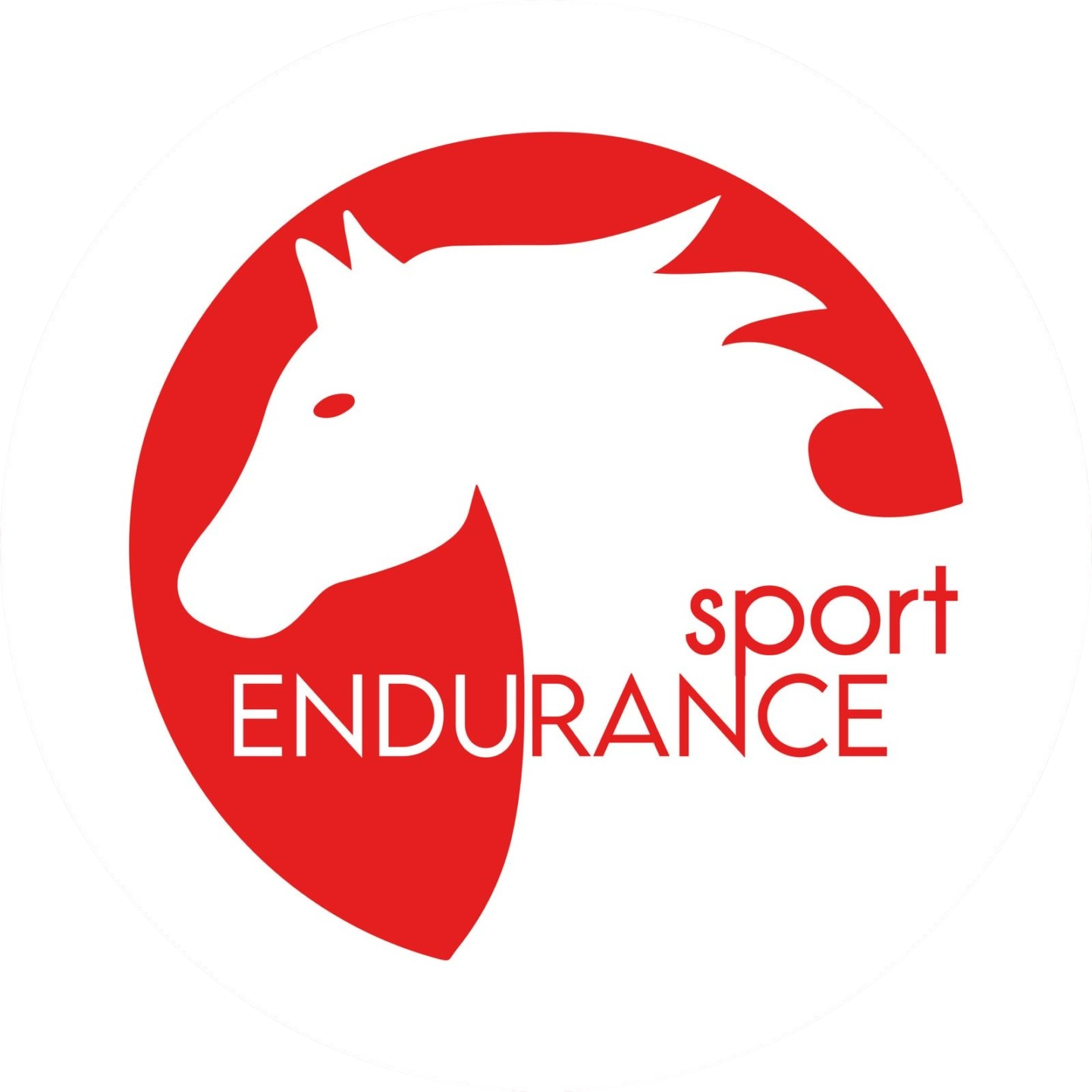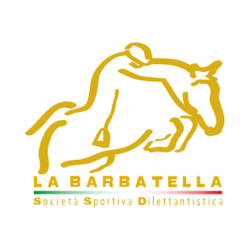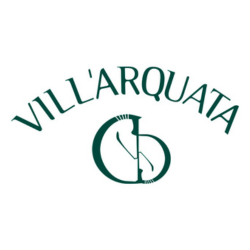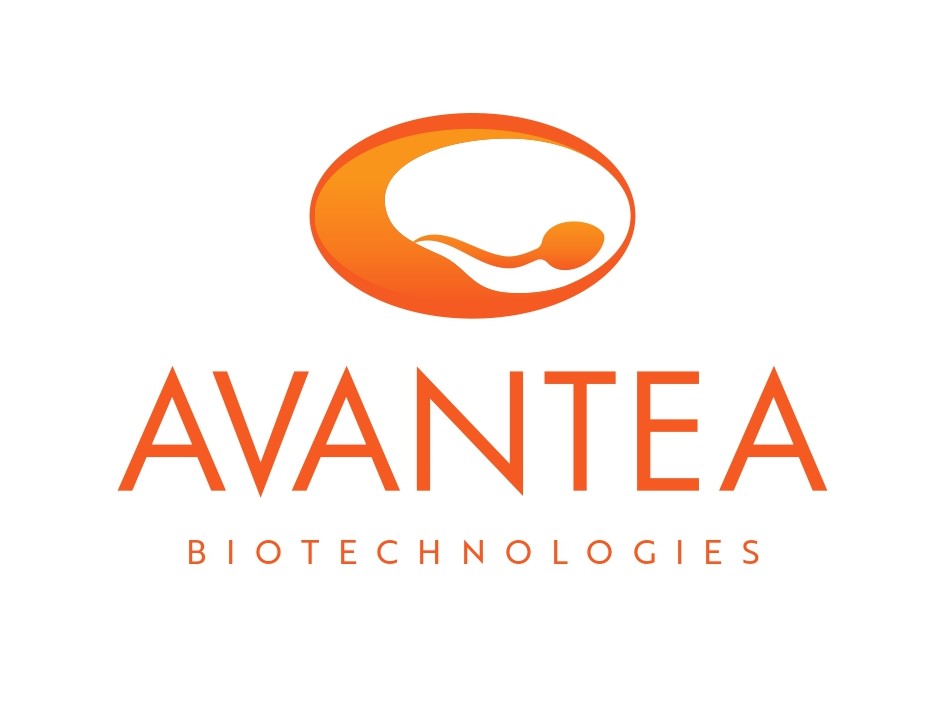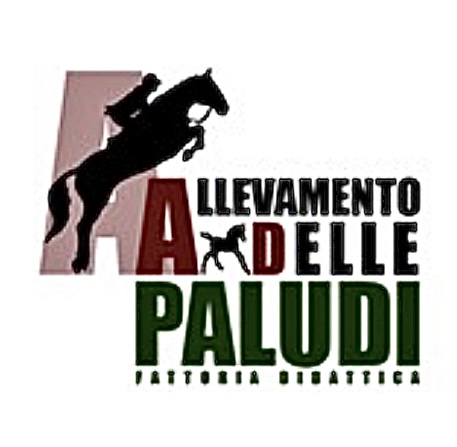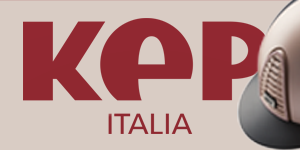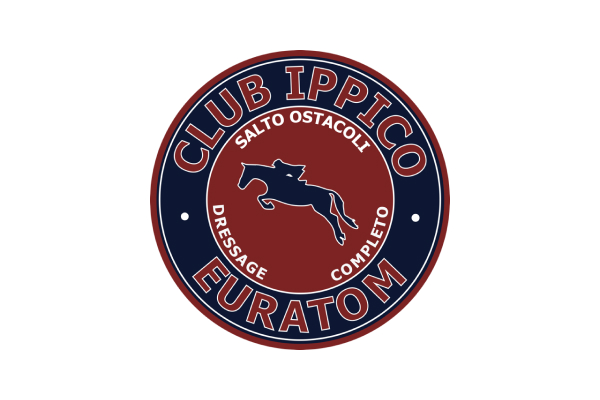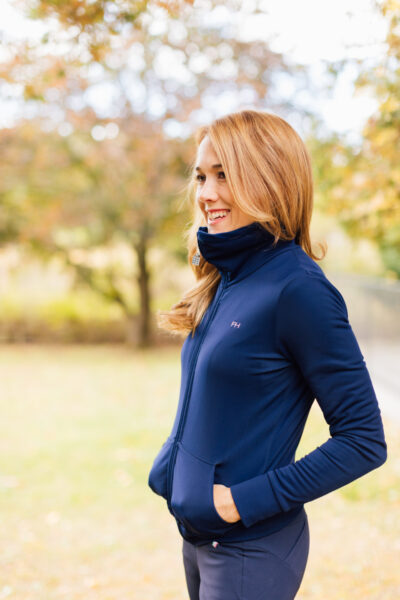
Diego Linares & Rider Balance: body functional training for equestrians
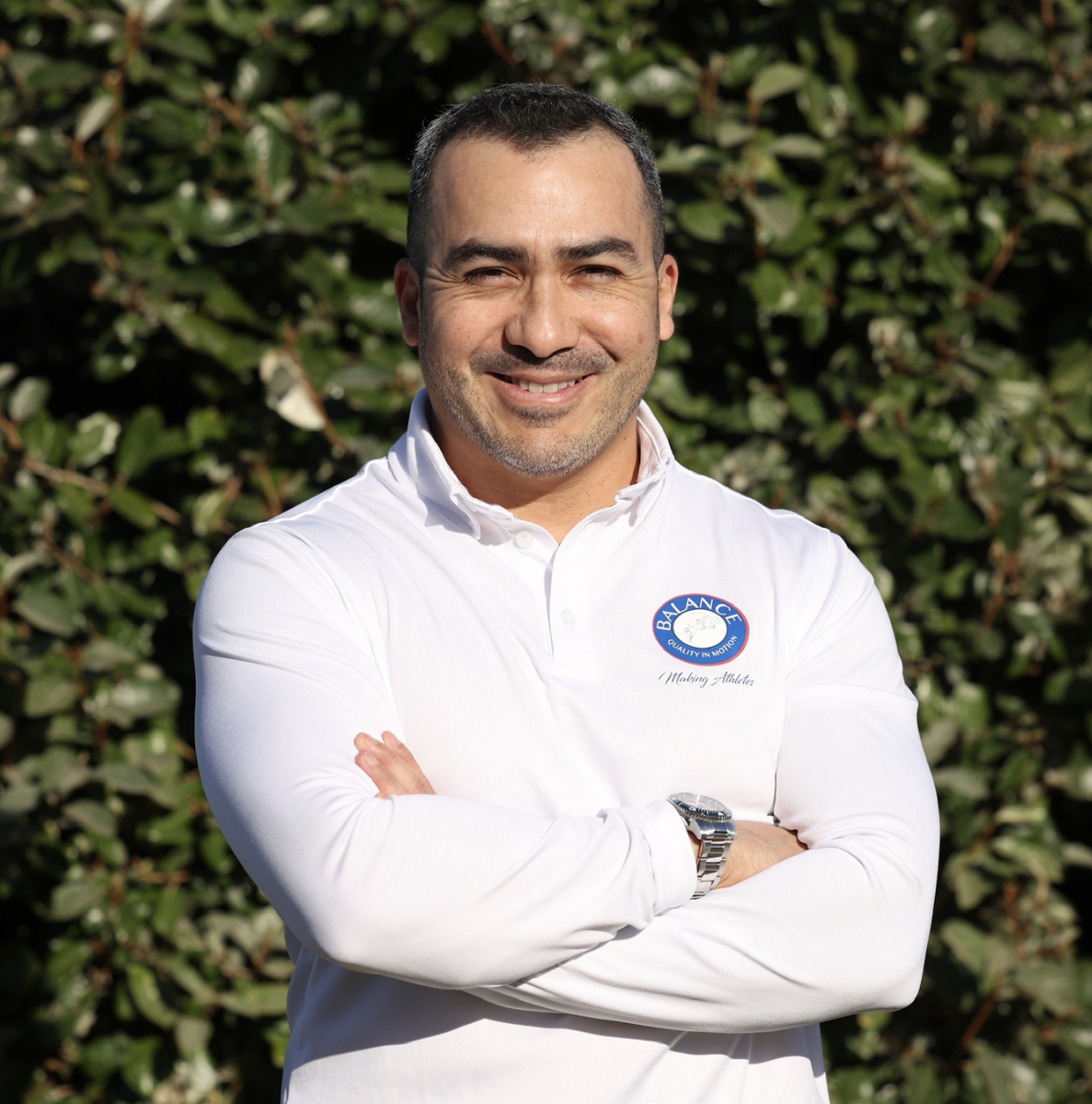
In the captivating world of equestrian sports, achieving a seamless connection between horse and rider is an art mastered by few. At the forefront of this endeavor is Rider Balance, led by Diego Linares, a seasoned professional with over a decade of experience in the equestrian business.
Diego stands as a pioneer, revolutionizing the rider’s approach to balance and body movement. In this exclusive interview with horseshowjumping.tv, Rider Balance unveils insights into their unique journey and the innovative methods they employ to enhance riders’ stability and grace in the saddle.
With a decade in the equestrian business, Diego Linares, founder of Rider Balance, considers himself a pioneer: “In business for 10 years. I dare to say that I’m one of the pioneers in this market in the equestrian industryOperating my own “sport performance studio,” a pivotal moment unfolded when a Dressage rider friend sought my expertise, grappling with various physical difficulties during her rides. I started working with her and she had a positive change.
Then other riders in the stable where she trained noticed it and decided to work with me as well. Initially, mostly were dressage riders, then show jumping riders and even some polo players. I began to offer clinics also. The technique and program was innovative and had very good reception. A few years later, during COVID, I started online counseling and then “Rider Balance” took off”.
Crafting Tailored Training for Equestrian Excellence
Diego Linares reveals that Rider Balance has developed a unique process over the years, boasting a specific methodology and protocol. “We have developed a Process with a specific methodology and protocol throughout all these years that has brought us excellent results for our clients.
I use the plural form because the credit doesn’t solely belong to me. It encompasses years of collaborative learning with trainers and riders globally, each bringing a wealth of talent and experience. This exchange involves the invaluable sharing of information crucial for implementing our concepts. This collective knowledge, combined with my academic background from university and more than two decades of experience as a sports coach, forms a robust foundation for our endeavors.”
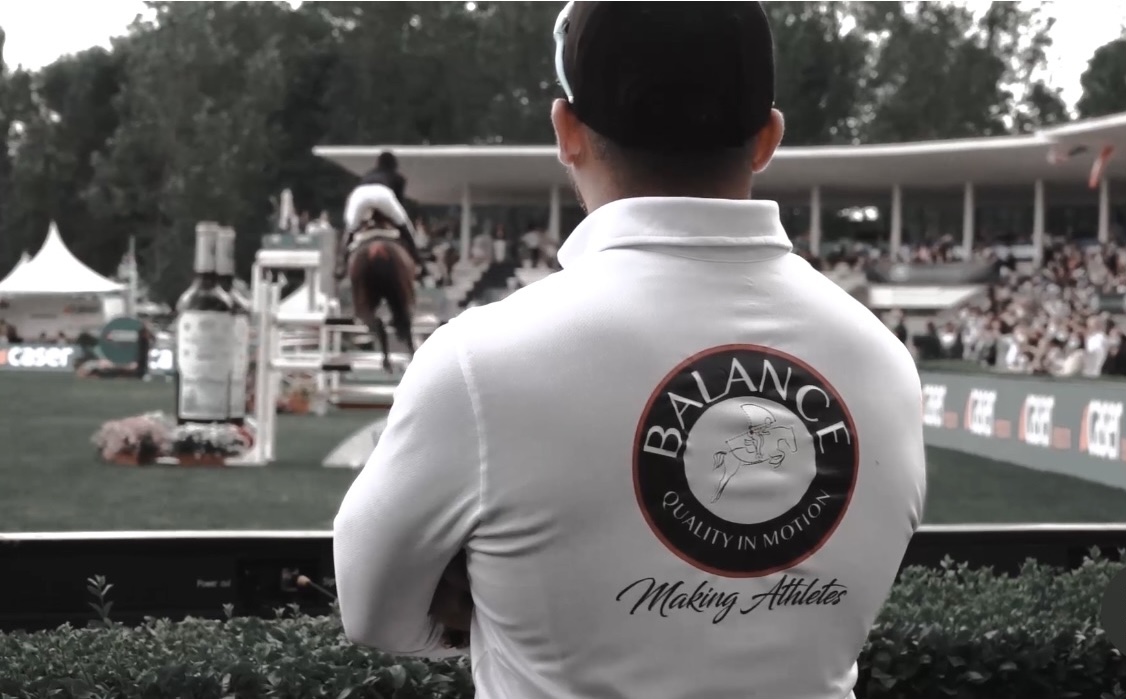
Unveiling Key Components of Rider’s Body Movement
In the quest for effective balance, Rider Balance emphasizes three key components: “Reconnect – integrate – dissociate.” Diego Linares provides insights into how these elements form the foundation of their methodology, contributing to riders’ improved stability and grace in the saddle.
Discussing specific drills, Diego Linares acknowledges the multitude available within their methodology, all aimed at improving balance. “There are many. All of them are focused on improving balance, but it would be irresponsible to mention some of them because each rider is unique and has specific needs and must be approached as such. What I can say is for example: simply stretching or strengthening the hip flexors, adductors or gluteus medius or using bands in certain areas of the body on the horse is not the solution for everything or for everyone.”
Diego Linares underscores the significance of offering riders a reference parameter of movement previously unexperienced. This newfound body awareness becomes a valuable tool for adjusting movement patterns, showcasing the impact of Rider Balance’s methodology on riders’ proprioceptive understanding.
“Based on my experience, I’d say that the most remarkable thing is being able to offer a reference parameter of movement that the rider didn’t have or experienced before. It’s very useful for adjusting a movement pattern. Many strategies are depending on the moment and the rider. But beyond what strategy I can use at a given moment, what is most important to me is the objective I want to achieve.”
Challenges and Solutions in Training Sessions
Riders often face conceptual gaps regarding their body movement. Diego Linares identifies common issues such as asymmetries, dysmetries, and movement habits that deviate from human biomechanics. He outlines how addressing these challenges forms a crucial aspect of their training sessions.
“The first thing is that they have great gaps in conceptual foundations regarding the movement of their bodies. Commonly asymmetries or dysmetries, postures, movement habits that do not respect human biomechanics. Another would be the difficulty in efficiently recruiting the muscle chains in the application of forces. Basically, programming the muscular kinetic chains to optimize their own (rider) biomechanics“.
Core Strength and Stability in Equestrian Sports
Diego Linares challenges the traditional concept of ‘The CORE,’ highlighting its function in transferring forces to extremities.
“I would like to say that “The CORE” as such does not exist. One of the most important functions of the “CORE” is to transfer forces to the upper and lower extremities. We could imagine the “CORE” as a large “container” that is located within the area between the shoulder girdle and the pelvic girdle. This container contains many structures inside. What would happen if there is any alteration in this large container? It’s an area of articulation of union or integration. So, if there is a weakness or dysfunction it will affect multiple muscle chains or bone structures that pass through or are located in this area, thus affecting overall body balance.“
Importance of Flexibility
Flexibility, as Diego Linares defines it, involves muscular elongation, joint mobility, tensegrity, and fascial remodeling. He elucidates the crucial role flexibility plays in preventing movement restrictions, dysfunctions, compensations, structural imbalances, and inefficient movement patterns for riders.
“First, I’d have to define the concept of flexibility. I could say that flexibility is the sum of Muscular elongation + joint mobility, but other elements play an equally important role such as tensegrity and fascial remodeling. But it would also make for a long argument.”First, I’d have to define the concept of flexibility. I could say that flexibility is the sum of Muscular elongation + joint mobility, but other elements play an equally important role such as tensegrity and fascial remodeling. But it would also make for a long argument.
So, I’ll try to be specific. If there is a lack of flexibility as a consequence it will produce movement restrictions, therefore dysfunctions, therefore compensations, therefore structural imbalances therefore inefficient movement patterns.“
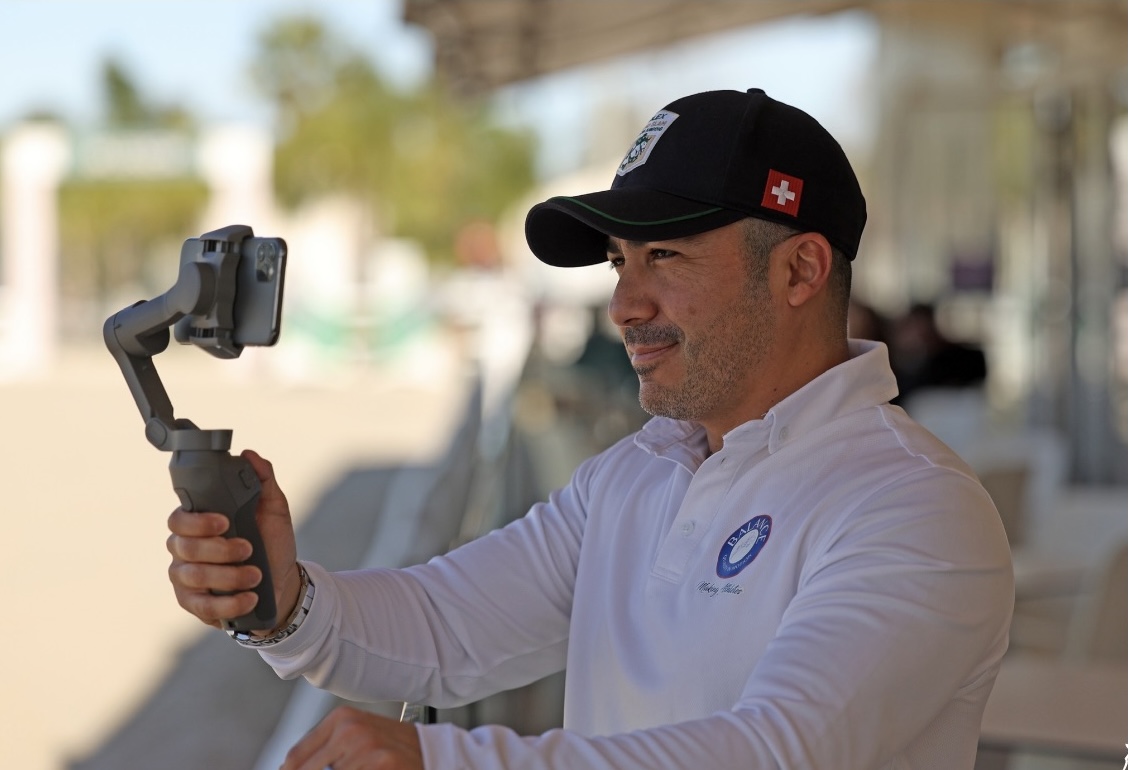
Rider’s Posture and Its Impact
Diego Linares emphasizes the importance of posture as a crucial indicator of muscle chain programming: “Posture (Body Frame) is very important because it provides me with valuable information on how your muscle chains are programmed and how they can affect the execution of movement patterns.
This is what I have to deal with in my day-to-day life. Normally, riders will transfer their biomechanics problems to the horse, affecting it negatively. Our horses are a reflection of us, and we are a reflection of our horses. That is why it’s essential that they understand why their biomechanics are so important and how they can positively or negatively affect their riding.“
Incorporating Mental Focus and Mindfulness
Diego Linares unveils that their methodology implicitly incorporates mental focus through a challenging work system. This system not only demands physical engagement but also fosters a continuous ‘conversation’ with the neuromotor system. The level of mental focus varies depending on whether it’s a training session or a live show, tailoring the approach to the client’s needs.
“One of the most interesting things about our “Know How” is that the methodology I use with my clients works on all of this implicitly. Because the work system is very challenging not only physically but mentally, so it forces you to be completely focused and connected because it is a continuous “conversation” with your neuromotor system. It also depends on what moment we are working. If it’s at a show, it depends on the client’s needs.“
Equestrian Mastery Unveiled Through Riders Balance
As our conversation unfolds with Riders Balance, it becomes evident that their approach transcends conventional training methods. With a decade of pioneering work, they have not only sculpted riders’ physical prowess but have also cultivated an intricate dance between body and mind.
Through a meticulous fusion of methodology, experience, and a deep understanding of biomechanics, Riders Balance stands as a beacon, guiding equestrians to new heights of balance, grace, and unity with their equine partners. In the vast arena of equestrian sports, Riders Balance emerges as a transformative force, leaving an indelible mark on the art of riding.
© Rights Reserved.




.png)



